How to avoid medical malpractice during transition of care?
Medical Malpractice has a higher risk of occurring when a patient transfers between various treatment sites and caregivers even within the same institution. A well coordinated transition between various healthcare settings can reduce the risk of medical errors, decrease hospital re-admission rates, avoid the duplication of services and reduce the waste of resources.
Medical professionals as well patients and their families can find valuable information on the newly updated and expanded Joint Commission’s “Transition of care Portal“. New and noteworthy articles include:
- Family Caregiver Guide to Doctor Visits (United Hospital Fund).
 New York Personal Injury Attorneys Blog
New York Personal Injury Attorneys Blog


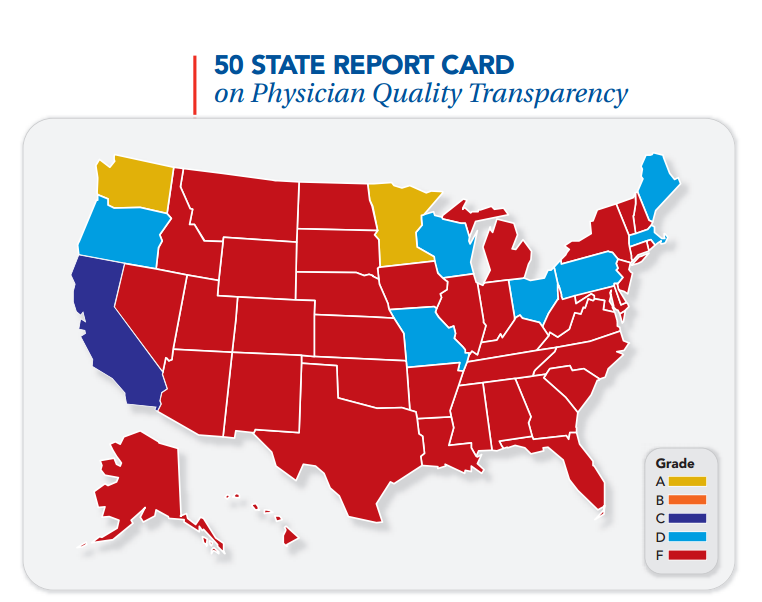
 Failure to diagnose May-Thurner Syndrome may be medical malpractice that can lead to post-thrombotic syndrome, potentially fatal pulmonary embolism, pulmonary hypertension, and in the worst case paradoxical embolism.
Failure to diagnose May-Thurner Syndrome may be medical malpractice that can lead to post-thrombotic syndrome, potentially fatal pulmonary embolism, pulmonary hypertension, and in the worst case paradoxical embolism.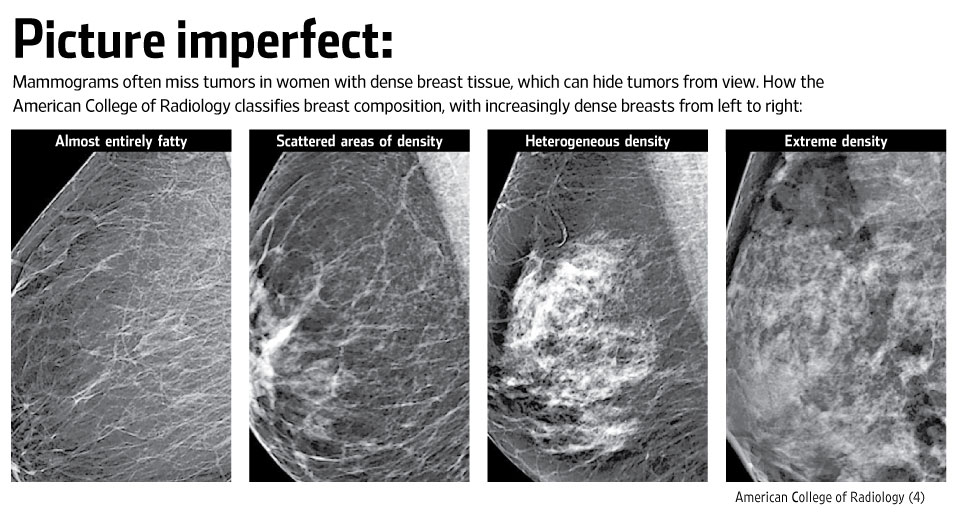
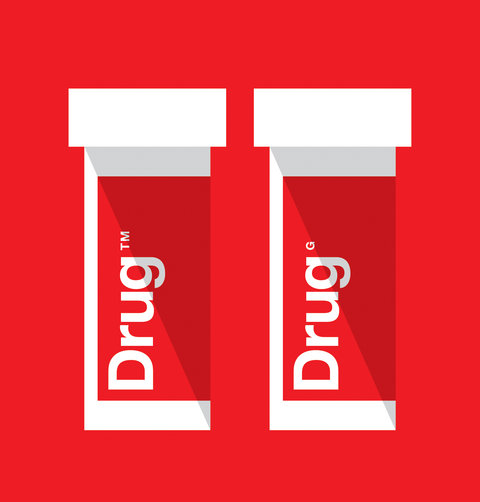 Every drug with two names, brand name and generic name, is a medication error waiting to happen, writes Theresa Brown in her latest Opinion in The New York Times blog.
Every drug with two names, brand name and generic name, is a medication error waiting to happen, writes Theresa Brown in her latest Opinion in The New York Times blog.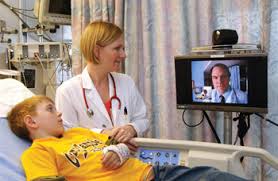 The risk of
The risk of 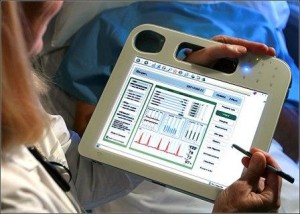 A doctor can commit medical malpractice if he is not properly trained to use the Electronic Medical Record (EMR) system. In a recent case study Web Morbidity and Mortality looks at the case of an epileptic patient who experienced temporary toxicity because of a medication error linked to improper use of EMR.
A doctor can commit medical malpractice if he is not properly trained to use the Electronic Medical Record (EMR) system. In a recent case study Web Morbidity and Mortality looks at the case of an epileptic patient who experienced temporary toxicity because of a medication error linked to improper use of EMR.